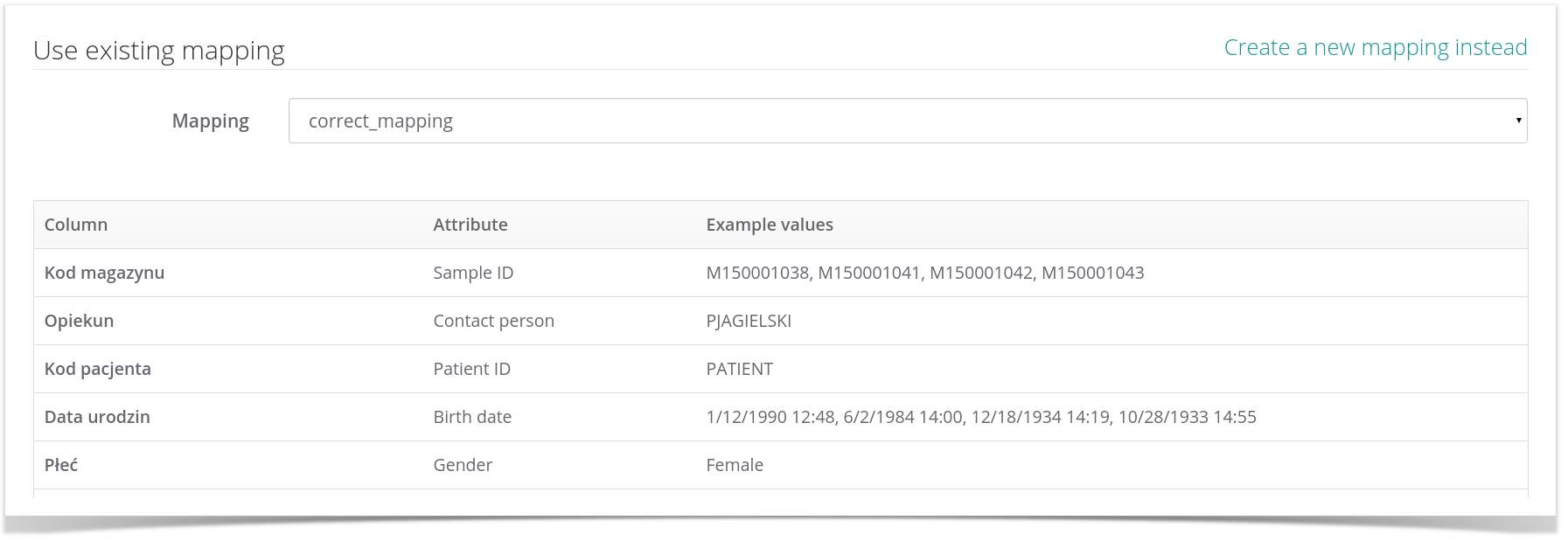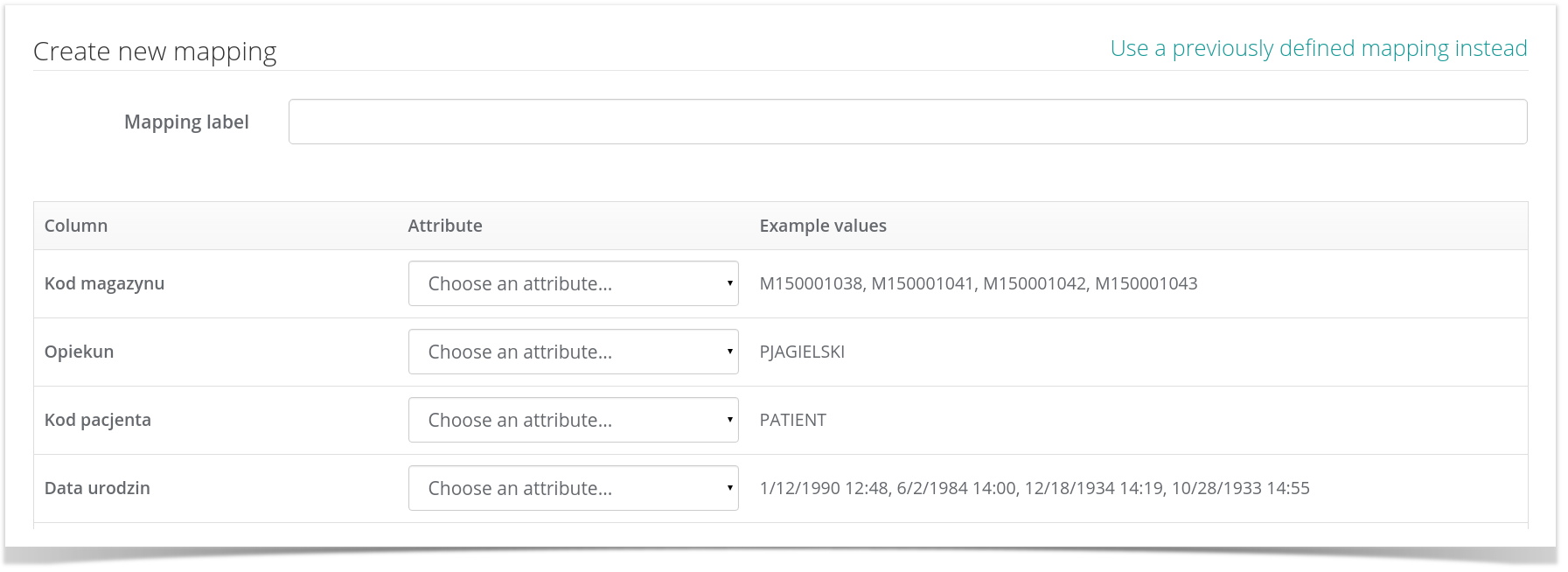Page History
Wstęp / Introduction
MetaBiobank jest katalogiem informacji opisujących kolekcje próbek biologicznych zgromadzone w biobankach. MetaBiobank jest usługą dla Ciebie, jeśli:
- szukasz materiału biologicznego pobranego od odpowiednich dawców, w celu przeprowadzenia nań własnych badań
- chcesz opublikować informacje opisujące zgromadzone w Twoim biobanku próbki, aby udostępnić je (odpłatnie bądź nieodpłatnie) zainteresowanym naukowcom.
Nasz usługa publikuje metadane odnośnie kolekcji biobanków, które pomogą Ci zdecydować, czy określone próbki są dla Ciebie interesujące. Naszym celem jest dostarczenie naukowcom prostego sposobu wyszukiwania właściwych próbek materiału biologicznego. Jednocześnie chcemy w ten sposób stworzyć dodatkowy kanał rozpowszechniania informacji dla administratorów biobanków i biorepozytoriów.
Usługa jest dostępna publicznie dla wszystkich, w trybie wyszukiwania zbiorów, w dwóch wersjach językowych. Jeśli chcesz opublikować informacje o swoim biobanku, prosimy o założenie konta PL-Grid w celu uzyskania autoryzowanego dostępu. Sposób otrzymania konta PL-Grid znajdziesz w podręczniku użytkownika. Interfejs usługi jest intuicyjny i nie powinien sprawiać kłopotów w trakcie korzystania z serwisu - poniżej zamieszczamy dodatkowo krótką instrukcję w języku angielskim.
MetaBiobank is a catalogue of information describing biological sample collections stored in various biobanks. MetaBiobank is for you if:
- you are looking for specific biological samples to perform research on;
- you wish to share the contents of your biological sample repository with other scientists.
Our service provides sample collection metadata which can help you decide whether certain samples are of interest to you. Our aim is to provide a simple way to search for interesting biological samples (for researchers) while also providing an additional channel to spread information about biobank resources (for biorepository administrators).
The service is publicly available to any person looking for sample collections, both in Polish and in English. People, who would like to publish information from their own biobank are requested to create a PL-Grid user account. PL-Grid User Manual describes the procedure of applying for such an account (it is free of charge).
Catalogue search and browsing
...
...
...
Importing sample collections
The MetaBiobank service offers the ability to import external sample collections from files. If you have a CSV file with information concerning individual samples (one sample per row), you can use the automated import facility to import it into one of your existing biobanks. This is done by clicking the Upload samples tab in the biobank management panel.
The service will present you with a page where you need to specify the name of the collection your samples will be uploaded to (a new collection will be created automatically if the selected collection doesn't yet exist) and choose a file stored on your hard drive to read samples from.
Below we present a sample (simplified) data import file:
Kod,Opiekun,Kod pacjenta,Płeć,Wiek,Materiał,Temperatura,Pobrane dane
M150004247,JSMITH,p031,Female,25,DNA,-20,4/30/2015 13:07
M150004248,JSMITH,p032,Female,30,DNA,-20,4/30/2015 16:55
In this case the file contains a header row followed by a set of data rows, each of which contains a description of an individual sample.
We are aware that not exports are created equal and may include different types of data regarding samples (expressed as individual columns in your CSV file). In order to enable your data to be imported in a meaningful fashion, MetaBiobank asks you - as the second step in the import process - to specify a mapping between CSV columns and metadata terms specified by the MIABIS biobank description standard. Clicking Upload will validate your file and take you to the next step in the import process where you can specify an existing mapping, as shown in the following image:
...or, alternatively, create and save a new mapping for later use by clicking the Create a new mapping instead option:
A mapping is a collection of column/term assignments where column is one of the data columns in your CSV file while term is one of the available MIABIS terms. For example, if you assign column named 'Data pobrania' to the MIABIS term Sampled date, the MetaBiobank service will assume that all values of this column in the CSV file indicate the dates on which each sample was taken.
Note that while MetaBiobank will do its best to analyze and properly parse the data present in your CSV file, we cannot guarantee that a sensible match for a meaningful MIABIS value can be made in each case (for example - the date field may be blank or formatted in a way which the MetaBiobank service does not understand). In all such cases the 'problematic' data items will be copied to a separate field in the sample description. We have named this field Comments and it can later be used to retrieve data which the data import facility could not appropriately parse.
Also note that in order to be usable, a mapping must, at the very least, include mapping items for the following MIABIS terms:
- Sample ID - column which contains a unique identifier of each sample
- Material type - column which lists the type of biological material represented by each sample
- Storage temperature - column which lists the temperature at which each sample was stored.
Failure to specify mappings for any of these fields will make the mapping unusable until such time as the missing data is provided.






